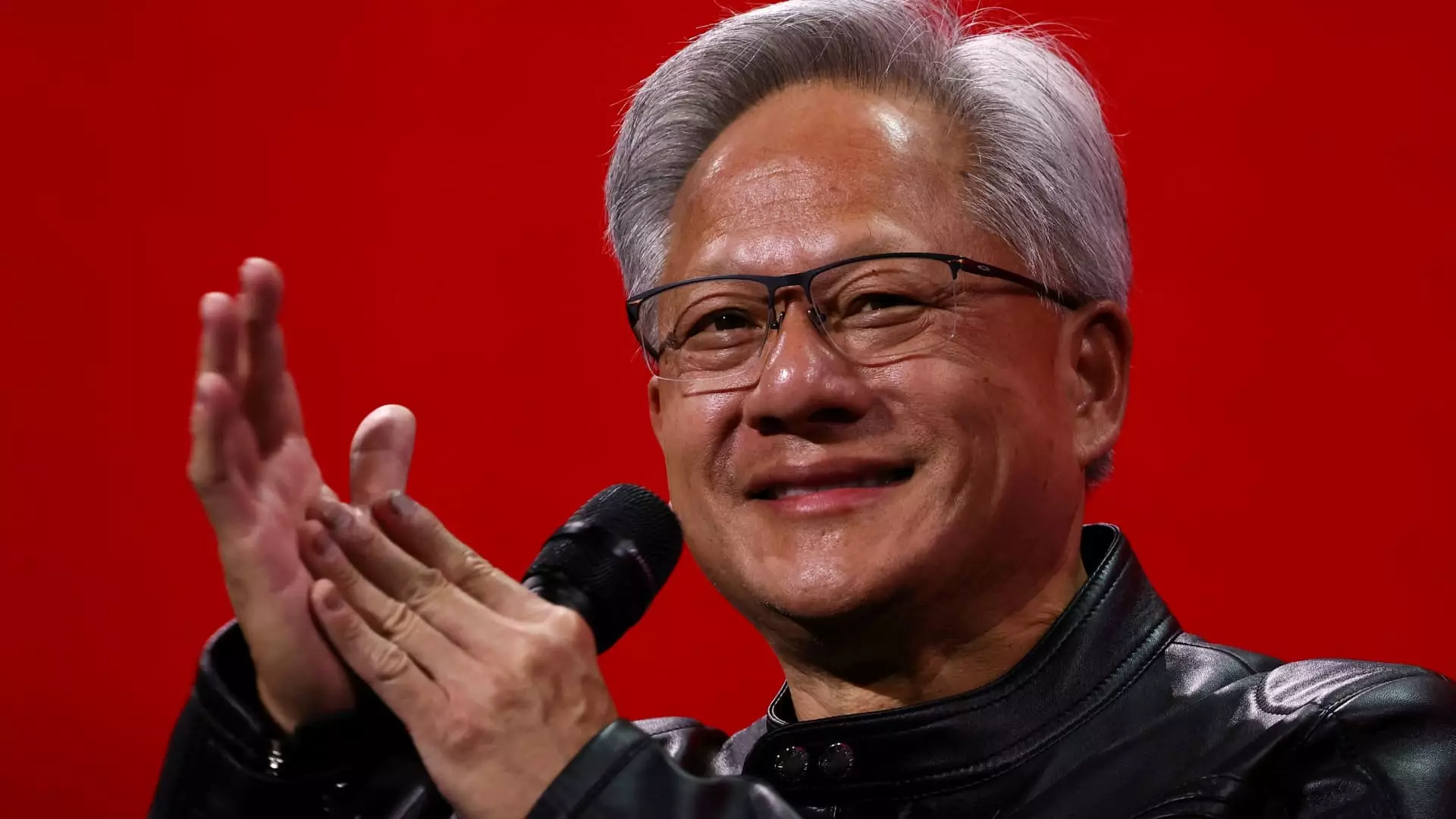In the ever-evolving landscape of artificial intelligence, the narrative that technological progress is a level playing field is fundamentally flawed. The recent praise from Nvidia’s CEO Jensen Huang for China’s AI innovations seems enthusiastic on the surface but masks the underlying disparities that shape the industry’s geography. While Huang claims that Chinese models like DeepSeek and Baidu Ernie Bot are “world class,” this superficial admiration glosses over the reality that Chinese developers, despite limited access to advanced U.S. chips, are rapidly advancing through open-source frameworks and sheer ingenuity. The fact that these models have emerged under the shadow of restrictive export controls underscores the systemic imbalance: it highlights a global arena where dominant powers manipulate rules to ensure their supremacy rather than foster genuine international collaboration.
The rhetoric around open-source AI, touted by Huang as a catalyst for progress, is a naive optimism that ignores the practicalities of geopolitical influence. Open access to code does not equate to equitable access to hardware and cutting-edge training data—resources that are heavily restricted, unevenly distributed, and controlled by a handful of corporations. Chinese startups like Moonshot have reportedly developed models claiming to outperform some U.S.-based counterparts, but this achievement is often achieved by covertly stockpiling chips, navigating a landscape riddled with clandestine strategies, and operating within an unequal playing field. The incipient narrative of global cooperation is, in reality, a well-orchestrated competitive push driven by national interests masquerading as collaborative progress.
U.S. Restrictions: A Double-Edged Sword
The recent U.S. export controls aimed at curbing the flow of advanced chips to China are presented as necessary measures to protect national security. However, their impact is a classic example of how well-intentioned policies can produce unintended consequences. The restrictions have not just slowed Chinese AI development; they have fueled clandestine efforts, increased costs, and forced Chinese companies to innovate by other means. Meanwhile, American chipmakers such as Nvidia face significant revenue losses—$2.5 billion in the last quarter alone—highlighting how these policies have hurt the very industries they aim to protect.
Furthermore, these restrictions undermine the utopian image of a fair open market, instead revealing a corporate and political landscape motivated by strategic dominance and economic rivalry. The perception that U.S. export controls are purely about halting China’s military advancements is overly simplistic; they also serve to maintain a technological monopoly that benefits American multinational corporations. This approach fosters a kind of technological apartheid, where access to vital hardware—semiconductors, advanced chips, and sophisticated training data—is weaponized, disrupting natural market competition and innovation. The resulting imbalance erodes the very foundations of a sustainable and inclusive AI development ecosystem.
The Hidden Costs of Strategic Competition
The global AI race, positioned now as a battleground of economic and ideological supremacy, reveals how superficial narratives about open innovation mask a strategic contest rooted in national security concerns. The practices of both sides—America’s restrictions and China’s adaptive ingenuity—highlight the danger of viewing technological leadership through a zero-sum lens. The dominant narrative that China is merely copying or reverse-engineering U.S. technology dismisses the fact that China’s rapid innovation, aided by open-source communities and determined investment, demonstrates resilience and strategic foresight that cannot be dismissed outright.
Yet, by framing the competition as a security concern, the U.S. risks perpetuating a cycle where innovation is stifled by restrictions, and China’s accelerated progress is perceived as a threat rather than an opportunity for validated, mutual growth. This dynamic feeds into a dangerous ideological spiral, where cooperation becomes subordinate to dominance, undermining our global capacity to develop AI responsibly and ethically.
In essence, the current global AI discourse is polluted by nationalistic ambitions and strategic fears, which distort the true purpose of technological advancement: creating better, safer, and more inclusive solutions for humanity. Instead of fostering genuine collaboration, these policies contribute to creating fractured technological ecosystems that serve powerful interests more than the collective good. As the balance of influence tilts, the risk is that innovation becomes a casualty of geopolitical games, leaving the entire industry vulnerable to cycles of restriction, retaliation, and stagnation.

